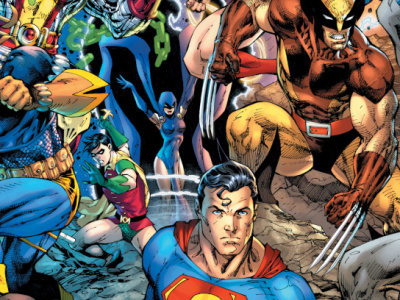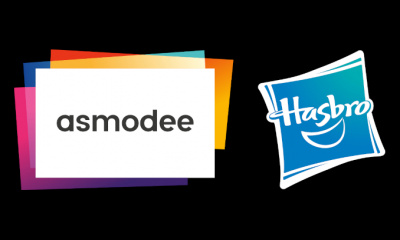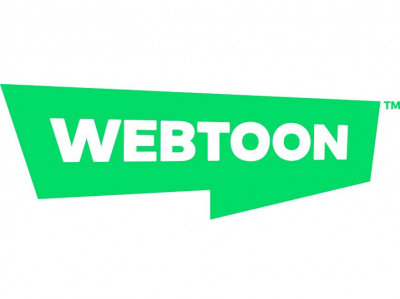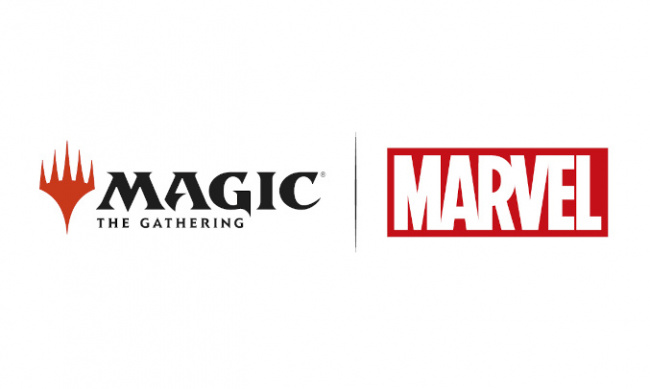View from the Game Store is a new bi-weekly column by Marcus King, Director of Retail Operations at Troll and Toad in London, Kentucky. This week, King shares his inventory management system.
In my store, I do basically four things: I manage the inventory, I manage the events, I manage the outreach and I manage the people doing all the other stuff that needs to be done. The entire point, at least in my mind, of having my own business is to make a good profit. Not just earn a good wage or salary for myself when working on or in my business--but actually making a profit. Turning my pile of invested cash into a larger pile of cash. Every year. Every month even. And, you do this with several strong strategies. One of which is inventory management.
Inventory Management is not exactly the pizzazz topic in some customers’ minds, but for a retailer this topic is ever present in their minds, even if they don't think to themselves "Okay, time to manage my inventory."
See, you are doing inventory management when you place orders. And, when you are doing discounts on older product you want to clear out. When you decide to put something on a clearance table, that is also inventory management. Even when you have sold something and you decide not to reorder it, that is also… managing your inventory.
On the other hand, I literally do sit down and think to myself, "Time to manage the inventory."
If you want to learn about inventory management relative to sales vs inventory level, or turn rates, or even from a width versus depth perspective, you can buy and read many books on the topics. I have. And, essentially, here is what my takeaway is: I want to do a million dollars in sales. I want to turn my inventory no less than 4 times a year. Which means my store is poised to succeed only if I have a quarter million dollars in inventory. But, I am working toward an even better healthier turn rate of 12, which means I could do a million in sales with less than a hundred thousand dollars in inventory. If I can do a million in sales with $100,000 in inventory cost, that means I can literally have two and a half stores with a quarter million dollars in inventory – and maybe be doing $2.5 million in sales. Profits. That is my goal.
In business terms I have risk, which is the amount of money I have tied up in inventory. And return, which is the amount of profits I have each year. In practical terms, if you are profiting less on your investment in your business than you would by just putting your money into a good stock, then you've made a bad investment. If that is the case, then you have essentially bought yourself a job (a topic for another day).
How I Do It
I have Weekly, Monthly, Quarterly and Annual objectives and tasks. I am going to describe and explain those to you, and as always you may contact me through Facebook with queries.
Weekly Inventory Management
Every Monday I sit down at my computer with each daily sales report for the previous seven days. I look at every line item, and decide whether we will reorder that item or not. Some things, such as comic books, I almost (almost) never reorder. Other things like some graphic novels I may always (almost always) reorder. I put the items I want to reorder into a document called "Weekly Reorder"which is a five to nine page document where I place my reorders from each week. Dice sets, Reaper Bones, Walking Dead graphic novels--I reorder 1 for 1. "1 for1" is a term I use to describe a product that I reorder every time I sell it. I keep a static level of inventory for those items in stock at all times. For example: 4 copies of Walking Dead trade paperback Volume 1, and 2 copies of all other trades in that series. So, when 1 sells, I order 1. If I sell 3 of the Volume 1, I order 3 to replace them. Same thing with dice and Reaper Bones--I keep a very static selection in stock, replacing them as they sell.
I have a way of tracking how long something has been in stock when it sells. So, an item like Green Lantern Action Figure--if it was in stock more than 90 days when it sold, I do not reorder it--but put that on a list to order the next version of that item when it comes out. Remember, I want a turn rate of 12, and will not accept a turn rate of less than 4. So, if something takes more than 90 days to sell one, it is unlikely to meet my turn rate of 4. At any given time, I may be able to order 3 to 6 different versions of a Green Lantern action figure. I want to stock ALL of them that will sell at least 4 times a year, or more. For example: I sell 40+ Deadpool Action Figures a year, so I stock 4 at any given time (which still gives me a turn rate of 10).
Doing the weekly reorder document takes several hours, and once my weekly notes are made, I place my orders. This is essentially my Monday.
Monthly Inventory Management
Every month we change colors of the price stickers we use in our price labeling guns. We have 10 colors we cycle through, and so it is easy to visually tell at any given time what the old merchandise is. Each month, we put all merchandise that is more than 3 months old on a progressive discount. Our merchandise that is 4 months old is 20 % off, 5 months is 30% off, 6 is 40% off, and progresses to 90% off.
Obviously, I don't want to ever take less money for merchandise that I have to, so when things jump to 30% off we check both Amazon and eBay to see what they will sell for there, and if we can sell them on either site for more money than our in-store discounted price, we sell that item online. We do this every month, with every item that goes to another discount level. So, we seldom end up with anything discounted in the store beyond 60% off.
Quarterly Inventory Management
Each quarter we make decisions on the inventory based on what we should add, drop, bulk up or thin down. We check inventory sales such as determining what categories are not full enough. At one time we were selling 200% of our inventory level of My Little Pony products each month – which meant we were too thin. Adding 100% more space, and more inventory, to that category meant we sold a lot more. At another time we saw that we were only selling 10% of our Firefly/Serenity product value per month. Reducing a "section" to an "endcap" meant we turned an unhealthy level of product to a good (not great) category. Another time seeing that our manga was turning so slowly it did not warrant continuing we dropped it entirely--but brought it back as a USED category only, which is doing really well now.
Also Quarterly I take a look at what our sales are for each section. A section can be defined as "swords/weapons" or as a product category such as "Doctor Who" (which is comprised of products from a dozen different publishers and manufacturers). Or, it could be items on a given endcap. We look at these and calculate the turn rate on each, then decide if it earns its space. Anything with a turn rate of less than 4 is subject to being eliminated, pruned or changed. Nothing is sacred. For example, we are a comic book store, but some comic books do not earn their space. I stopped carrying Fantastic Four comics a year ago, when sales were only two copies a month.
Annual Inventory Management
Obviously, we do an annual inventory. And, we take an ax to our inventory each February--moving a ton (literally) of merchandise to online sales, freeing up space, and cash, to pay taxes and add some fresh inventory every spring.
Notes: Some items are are seasonal. We carry calendars and do okay with them from July through January each year. We carry kites and rocketry items in the spring and summer, rock tumblers and puzzles in the fall and winter. No, we are not a hobby store. I have owned a hobby store, and this ain't even close. :D
As always check me out on Facebook.
The opinions expressed in this column are solely those of the writer, and do not necessarily reflect the views of the editorial staff of ICv2.com.

Column by Marcus King
Posted by Marcus King on August 13, 2015 @ 4:27 am CT
MORE COMICS
From Frank Miller Presents
April 25, 2024
Abrams ComicArts will publish book format products by comics auteur Frank Miller, from his eponymous company Frank Miller Presents.
'DC Versus Marvel Omnibus' & 'DC Versus Marvel: The Amalgam Age Omnibus'
April 26, 2024
Check out the final cover artwork by Jim Lee for the upcoming Direct Market editions for the DC Versus Marvel and the DC Versus Marvel: The Amalgam Age omnibuses.
MORE COLUMNS
Column by Scott Thorne
April 22, 2024
This week, columnist Scott Thorne looks at Asmodee's new Minimum Advertised Price policy, and the departure of the Wizards of the Coast president.
Column by Rob Salkowitz
April 15, 2024
This week, columnist Rob Salkowitz deconstructs recent discussion of WEBTOON"s creator contracts to look at the issues around creators' rights when there's a lot at stake.








